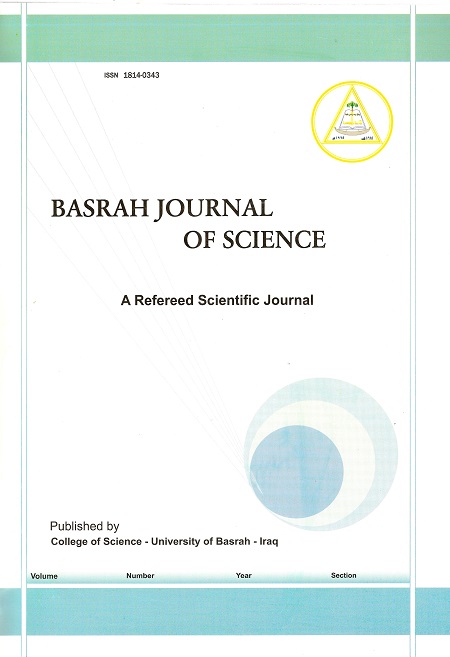Pathogenic Fungi A Companied with Sudden Decline Syndrome (wilting disease) of Date Palm Tree (Phoenix dactylifera L.)
Keywords:
sudden decline syndrome, Date palm, Fusarium specie, ITS,TEF1-αAbstract
Sudden death syndrome is one of the precarious diseases that infect date palm tree in different growing areas of palms around the world, and this disease comes after Bayoud by its violence. Fusarium species considering as one of the most suspected fungal genera that cause this disease. In the present study, a nine species of Fusarium have been isolated from the date palm tree and the soil of palm cultivated orchards, these are: F. annulatum, F. anthophilum, F. fujikuroi, F. nygama, F. oxysporum, F. proliferatum, F. pseudocircinatum, F. sudanense and F. verticillioides. However, these fungi were identified morphologically and molecularly using two types of primers. The internal transcribed spacer (ITS) and translational elongation factor 1-a (TEF1-a) regions of the Fusarium species were amplified sequenced. The results of pathogenicity test have been showed that the highest severity by F. anthophilum with percentage rate of 72.92%, while the lowest percentage of severity with 16.67% recorded with F.sudanense. A seven of Fusarium species which were isolated in this study, these are: F. annulatum, F. anthophilum, F. fujikuroi, F. nygama, F. pseudocircinatum, F. sudanense, and F. verticillioides have been first recorded on date palm trees as sudden decline pathogens in Iraq.
Downloads
Downloads
Published
Issue
Section
License

This work is licensed under a Creative Commons Attribution-NonCommercial 4.0 International License.


